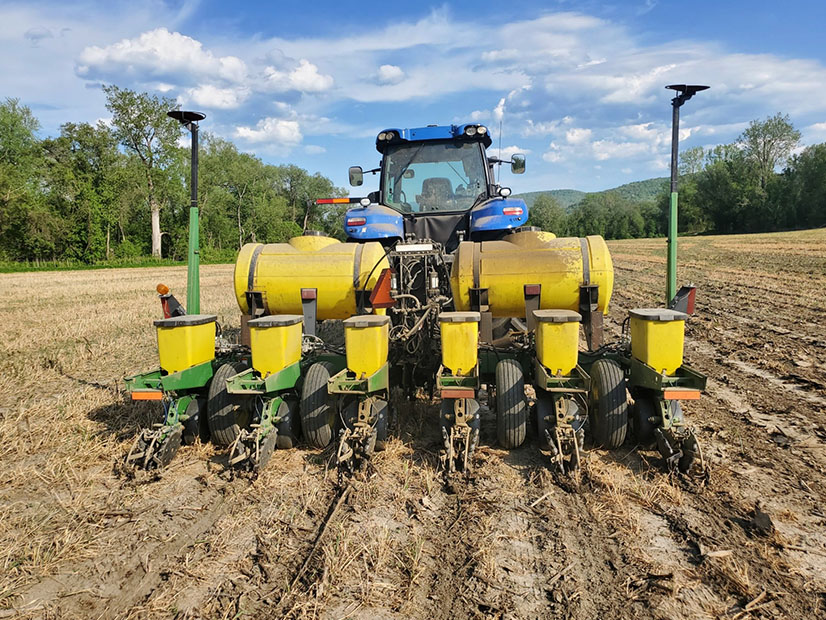
Modernizing Vermont’s power grid will be an essential part of resilience efforts included in the state’s upcoming Climate Action Plan, despite the potential cost to ratepayers.
The state will need to prioritize “upgrades that maybe should or should not fall to ratepayers but should be done anyway to support the eventual common goal of better resilience,” Erica Bornemann, Vermont Climate Council member and director of Vermont Emergency Management, said on Tuesday during a council meeting.
The council’s Rural Resilience and Adaptation Subcommittee presented initial actions to the full council that support the recommended mitigation and adaptation pathways it prepared for the climate plan over the summer. A draft of the council’s plan, which was called for in the 2020 Global Warming Solutions Act, is due in November. The council will adopt its plan on Dec. 1 and continue public engagement to refine its recommendations to the state.
Among the subcommittee’s list of action items on hardening the state’s infrastructure to climate change was a call to find federal or other non-ratepayer funding to “defray costs of utility resilience upgrades that exceed benefits to ratepayers.” Those upgrades, according to the subcommittee, could include solar-plus-storage and microgrid projects; grid capacity upgrades to enable renewable and electrification goals; and emerging non-wires technologies that address system resilience.
“Deployment of foundational technology to support smart grids” also is important for overall resilience, Bornemann said. That support could include updating interconnection standards to enable smart inverter functionality and distributed energy resource interoperability, according to the subcommittee.
The subcommittee will continue to evaluate its list of actions as the council moves to compile the recommendations it is receiving this fall into a draft plan. As part of the evaluation process, the subcommittee must weigh all actions with the council’s guiding principles for a just transition.
Data Needs
As part of its pathway to reduce fossil fuel use in rural communities, businesses and institutions, the subcommittee put forward actions to ensure the state has the data it needs to set best practices for those groups.
Better data will allow the state to expand access to critical programs, such as weatherization for homes, businesses and municipal buildings, according to Catherine Dimitruk, council member and executive director of the Northwest Regional Planning Commission.
The subcommittee said the state should collect existing data for buildings, fleets and utility usage for benchmarking and build out data sets from there. In addition, the state should work with higher education institutions to compile fossil fuel data.
Sequestration
The Agriculture and Ecosystems Subcommittee gave the council some insights Tuesday into actions to support a sequestration pathway it recommended for the plan over the summer.
“There are a number of agricultural practices that we are going to recommend as action items to maintain and increase the level of storage and sequestration in Vermont lands,” said Billy Coster, subcommittee co-chair and director of natural resources planning at the Vermont Agency of Natural Resources.
While the subcommittee hasn’t finalized its action list, it is considering, for example, the integration of trees and grazing livestock, known as silvopasture, to support sequestration. It also is considering the practice of planting rows of trees with companion crops, known as alley cropping, and forest stand improvement, which removes undesirable trees to improve resources for desirable trees.
The subcommittee also is looking at tax incentives to encourage farmers’ forest management practices toward sequestration, as well as market-based solutions that both increase sequestration and provide income streams for landowners, Coster said.
Among the solutions under consideration are compensation options for ecosystem services, which can take the form of direct payments from government agencies for conservation, for example, or conservation easements that are based on tax breaks.
Coming Up
The council will hear on Oct. 5 from its transportation, building and electric sector subcommittees on the actions they are considering for inclusion in the draft action plan this fall.

